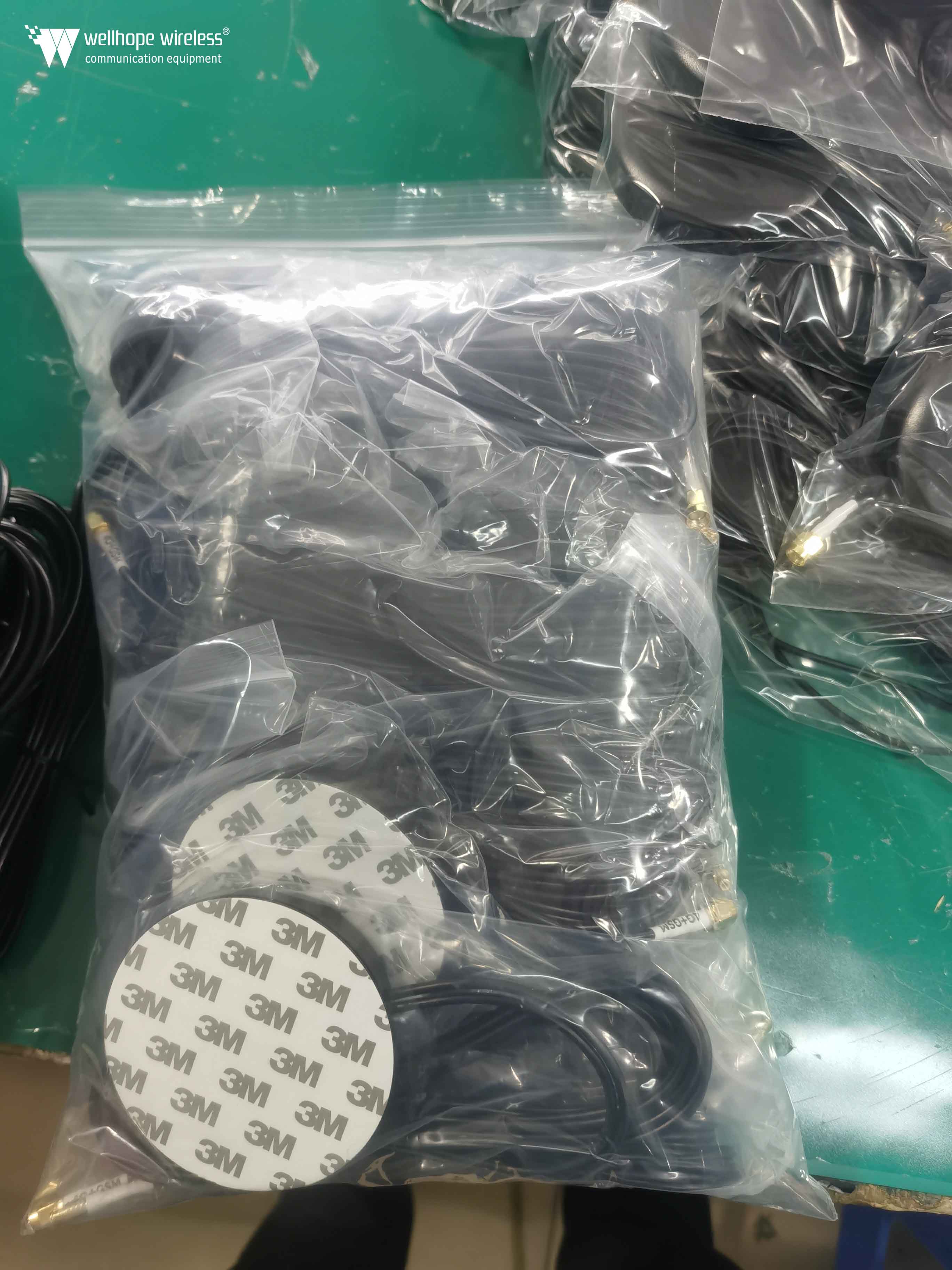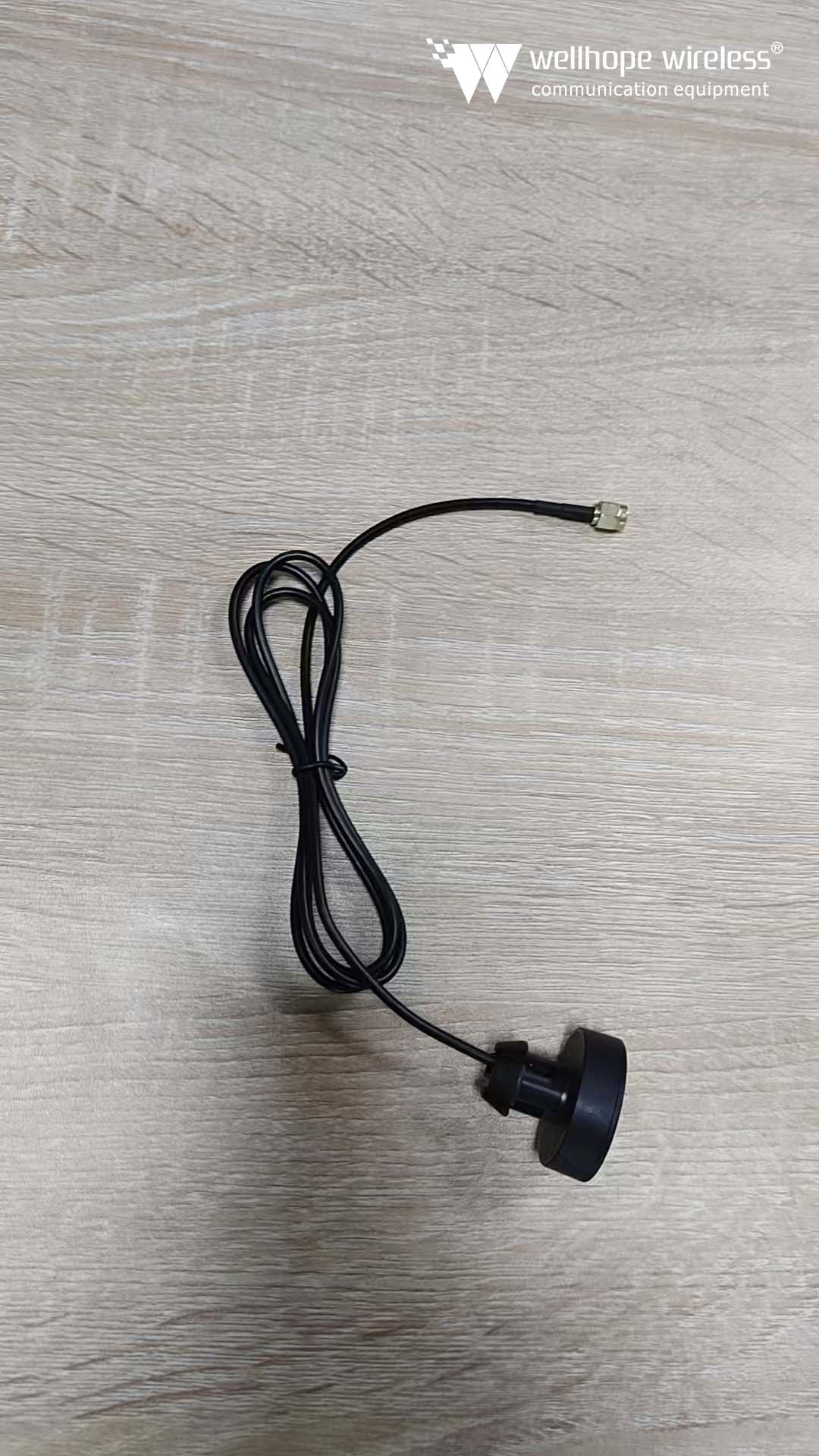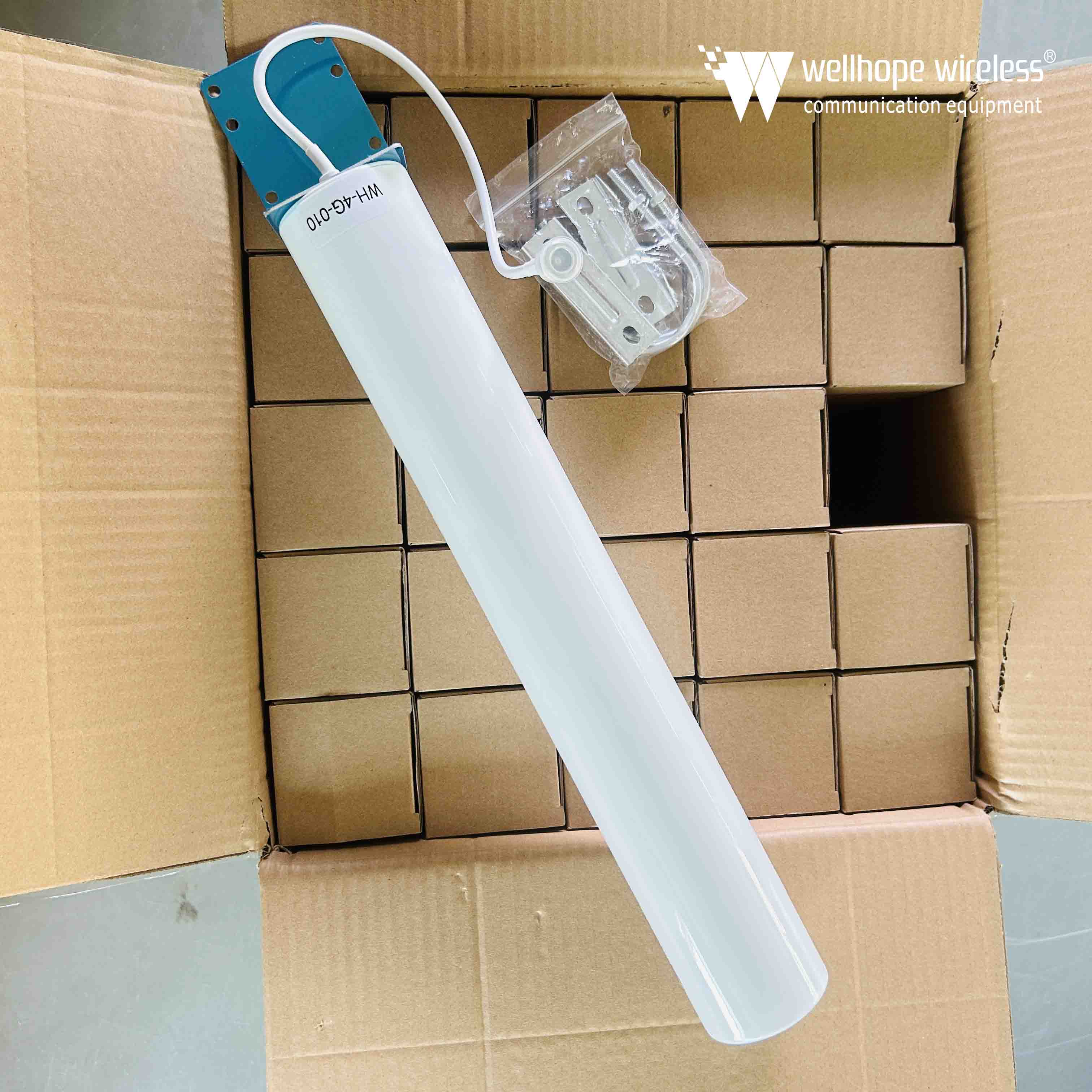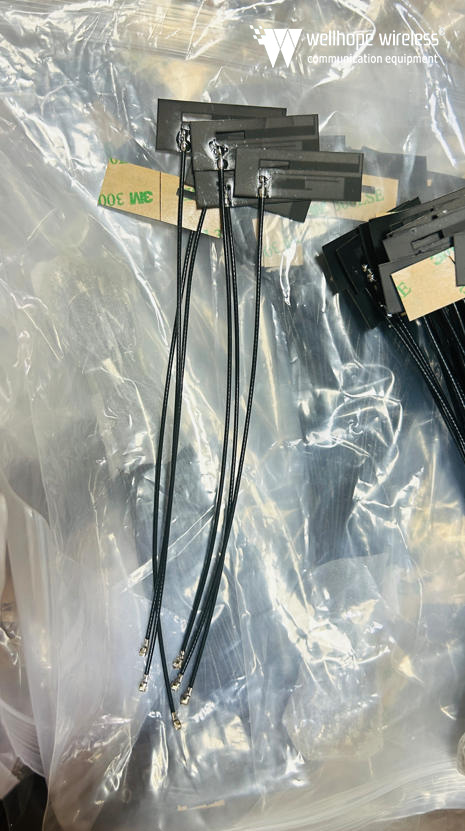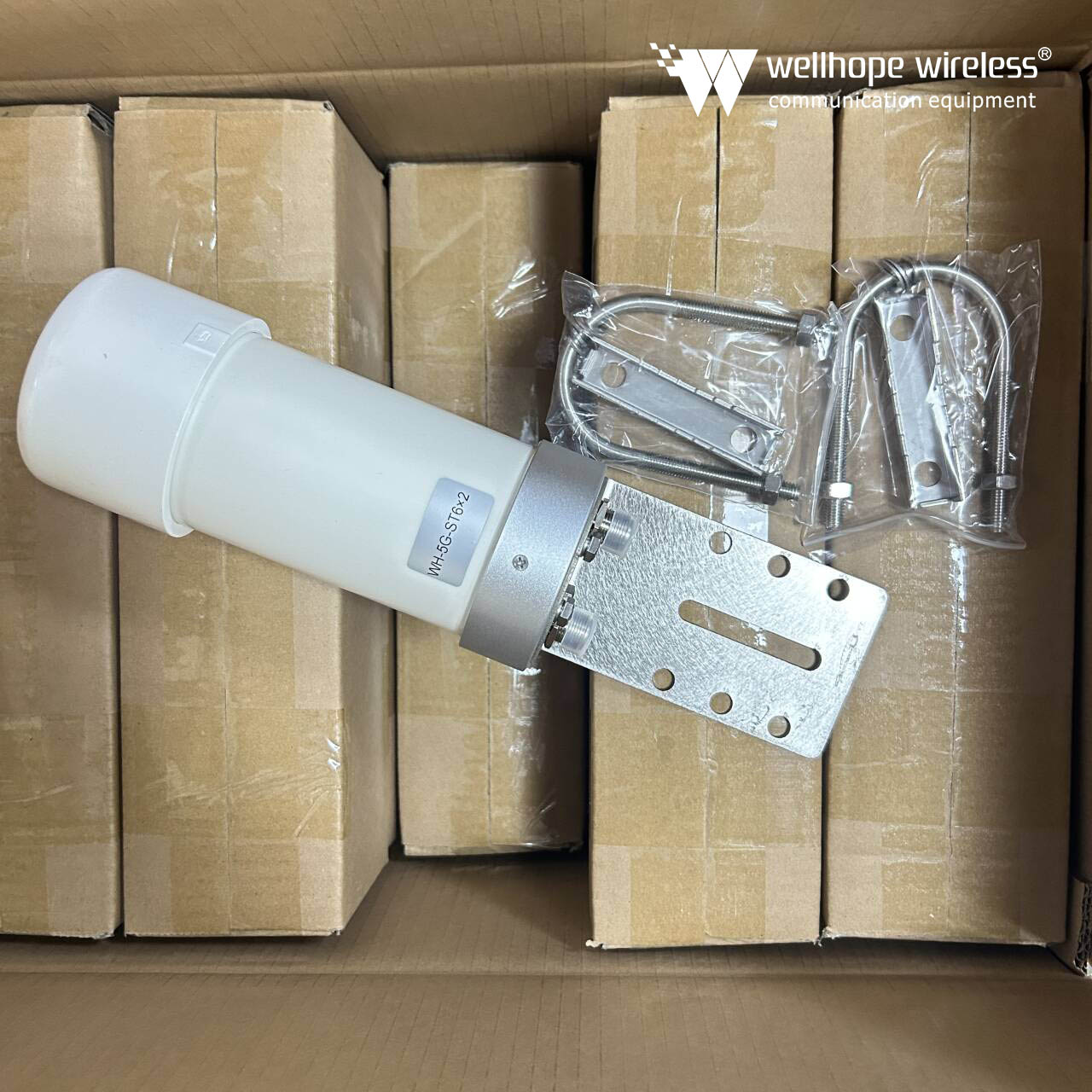In which conventional civil frequency bands are the control signals used by drones mostly?
The device consists of a handheld host and a battery pack. The handheld host is a three-band transmitter antenna integrated design, which can simultaneously generate 2.4GHz/5.8GHz frequency UAV flight control jamming signals and satellite positioning jamming signals, through the UAV's uplink flight control channel and satellite positioning channel Blocking interference causes it to lose flight control commands and satellite positioning information, making it unable to fly normally. Depending on the design of the UAV, it will have the control effect of returning, landing and falling.
In the offensive and defensive situation, there is usually a certain distance between the drone operator and the sensitive area that needs to be fortified. The drone took off from the vicinity of the manipulator, and then gradually approached the fortified area. When the drone arrives near the fortified area and can carry out effective reconnaissance or sabotage activities, the distance from the drone to the fortified area is usually much closer than the distance between it and the operator.
In the above situation, all uplink signals sent by the operator (sent from the ground to the drone) will be relatively weak due to the long distance. With the same power, because the defender is closer to the drone, the signal will be stronger than the manipulator. The downlink signal received by the defender will also be stronger than the manipulator. But the goal of defense against the downlink signal is to prevent the operator from receiving it, and the distance from the drone to the operator at this time is about the same as the distance from the defender to the operator. Therefore, the blocking of the downward signal does not have a topographical advantage.
It can be seen from the above analysis that interference with uplink signals is more beneficial. It just so happens that the uplink signal is usually a remote control signal, which is directly related to the control of the drone. If the uplink signal is interfered, the drone will lose immediate control and can only operate according to the steps preset by the program (usually landing or hovering). The downlink signals are mainly telemetry and images. Although there may be sensitive information, it is not as important as the control signal. In addition, the defender is not dominant in the situation and usually takes a laissez-faire attitude to the downlink signal.
GPS relies on medium orbit satellites. Generally speaking, the signal reaches the surface of the earth after tens of thousands of kilometers, which is already very weak. Therefore, it is easier to interfere with GPS signals when the UAV is very close to the defender. If you want to deceive it, you need to use more complicated methods to simulate GPS satellites, which is much more difficult.
At present, the control of UAVs mostly uses radio communication technology. By sending high-power interference signals to the target UAVs and suppressing the control signals, the UAVs can be forced to land or return by themselves.
The United States has used this principle. This gun installs an electronic jammer on the frame of the rifle. Once the trigger is pulled, the jammer will transmit a full-band jamming signal to the drone, so that the drone is out of the control of the operator and cannot receive the control signal. Automatically land to the ground.
Once the UAV’s signal is in a state of confusion, it usually has 3 options: drop to the ground, return to the operator or descend smoothly. The effective range of this rifle reaches 500-2000 meters.
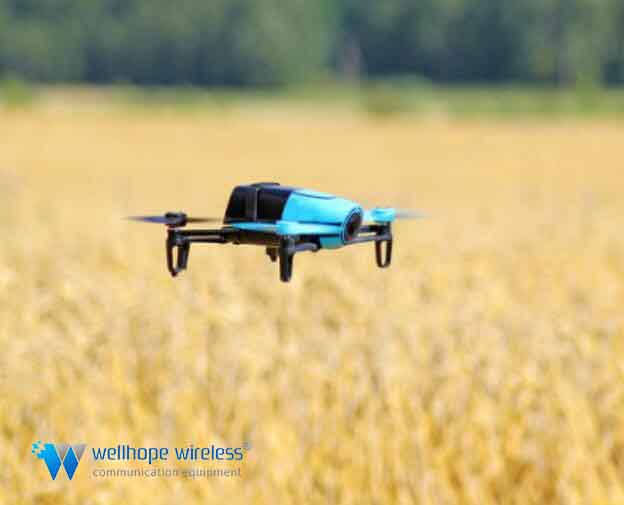
At present, under normal circumstances, most consumer drones prefer GPS navigation for flight control, while civil GPS signals are unencrypted, which leaves usable space.
The main principle of GPS spoofing is to send false geographic coordinates to the UAV's control system to control the navigation system and induce the UAV to fly to the wrong place. The GPS signal can be generated by a generator, or it can be recorded and replayed in advance. Since the GPS signal received by the drone is always based on the signal source with the strongest signal, as long as the strength of the artificial GPS signal on the ground is strong enough, it can cover the real GPS signal from space, thereby deceiving the drone. GPS receiver module.
Currently, various countries have set up no-fly zones in the core areas. Many drone manufacturers have set them in the built-in firmware of the drones. In the no-fly zone, the drone cannot take off, even if it reaches the no-fly zone. Automatic landing. Therefore, as long as the artificial GPS signal on the ground simulates the geographic location as the coordinates of the no-fly zone, it can force the drone to land by itself.
Now, most of the control signals used by drones are in conventional civilian frequency bands such as 1.2GHz, 2.4GHz, and 5.8GHz. With the rapid development of open source hardware such as Arduino and Raspberry Pi and the popularity of software radio (SDR) technology, ordinary enthusiasts You can also use the hardware purchased from the Internet and the software source code obtained from the forum to simulate the remote control to send a control signal to the drone, and cover the signal of the real remote control to gain control of the drone.
Many drones directly use Wi-Fi for interaction in order to facilitate users to use mobile devices such as mobile phones and tablets to control. In this way, some hacking techniques that are already mature on the Internet can be directly applied to drones.
For example, through the open ports in the drone control system or password guessing and other means, enter the control system to control the drone. The legendary hacker who developed the "Sami worm", Samy Kamkar, used this principle to write a drone hijacking software called "SkyJack" and installed the software on a specially configured unmanned In the plane, SkyJack flies in the air and looks for other drones within Wi-Fi range, then invades the drone and gains control.
Professionals engaged in anti-drone applications in the industry said that the current domestic anti-drone technology is still in the exploratory stage. The radio hijacking technology is difficult to achieve due to the encryption of radio signals by the drone manufacturers, and the hacker technology is due to The high threshold is not easy to commercialize, so the current technology is mainly based on interference blocking.
Wellhope Wireless manufacture based in 5G 4G; MIMO;GNSS drone Antenna;GSM;3G;Wlan;LTE antenna and RF pigtail cable; more question or inquire feel free to sent us email; wh@wellhope-wireless.com.


















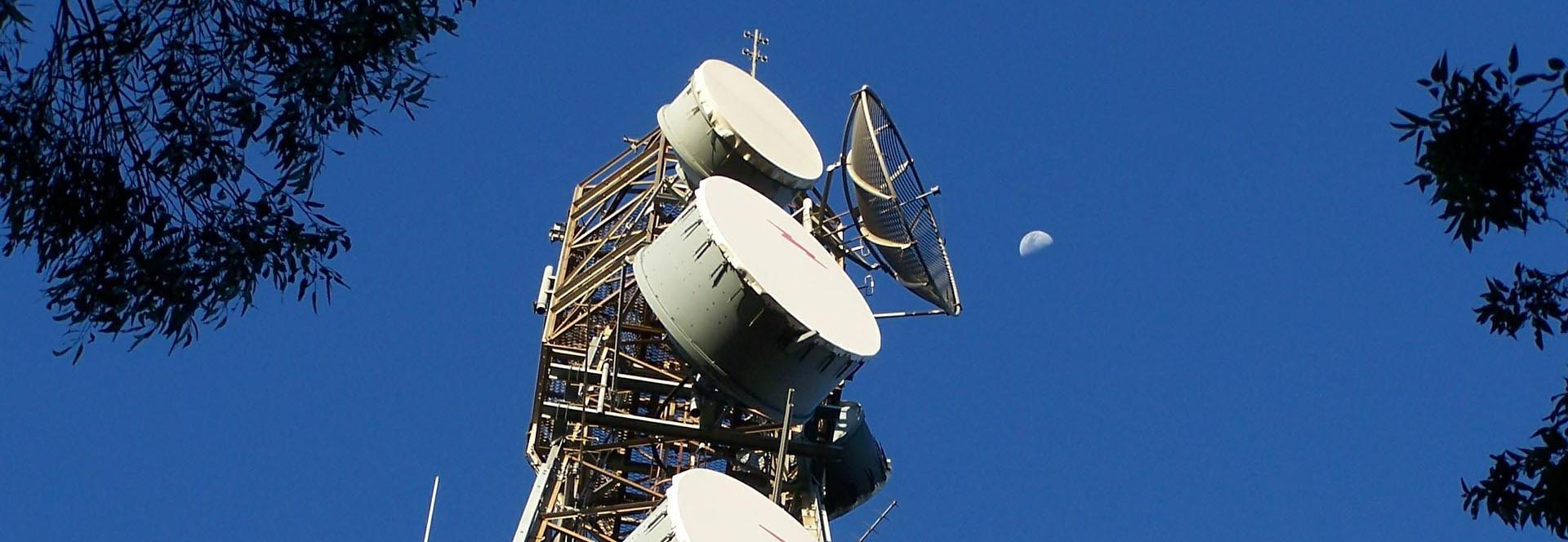 News
News
